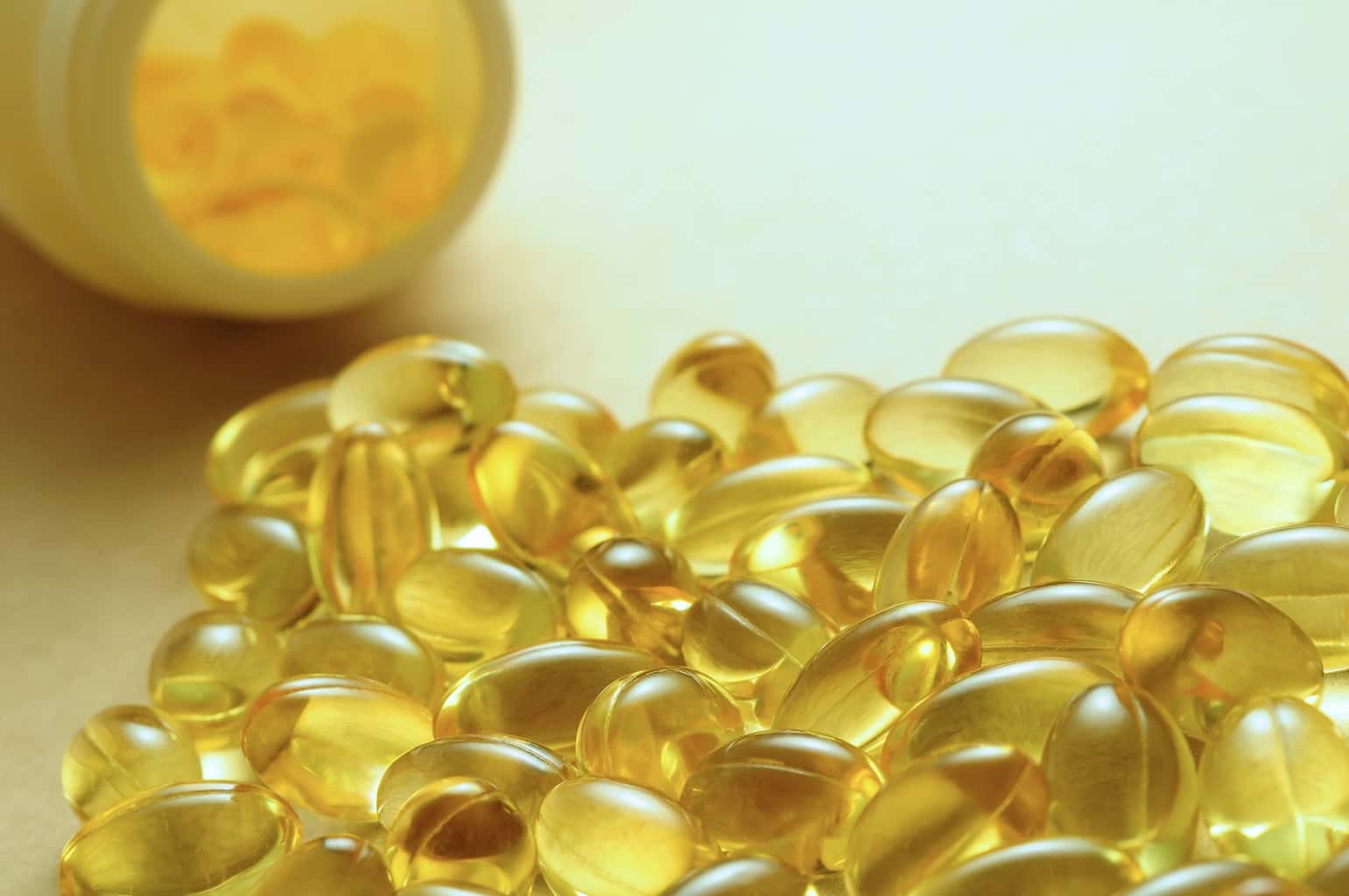
[cmamad id=”8131″ align=”center” tabid=”display-desktop” mobid=”display-desktop” stg=””]
Scientists consider vitamin E to be the body’s primary fat-soluble antioxidant.
You can find vitamin E anyplace you find fats — in cell membranes, adipose tissue, lipoproteins, etc.
Vitamin E is fully saturated, and it’s a lot more complex than you might think.
Its structure makes it adept at intercepting free radicals, meaning that vitamin E is an antioxidant.
This interception helps inhibit the process in the body that makes polyunsaturated fatty acids (PUFAs) go rancid.
And there is more than one type of vitamin E or tocopherol.
Scientists group the types using Greek letters.
So they call them alpha (alpha (α), beta (β), gamma (γ), and delta (δ).
Of these, you only find alpha (α) and gamma (γ) naturally in significant quantities.
[cmamad id=”8132″ align=”center” tabid=”display-desktop” mobid=”display-desktop” stg=””]
And, despite the structural similarity, they behave quite differently within the body.
Back in the early part of the 20th century, scientists conducted studies on rat fetal resorption.
That’s when a rat started out pregnant with twins, but one twin dies and the cells become part of the remaining fetus.
But thanks to a few of these studies, researchers ignored all types but α-tocopherol.
It’s a shame we lost all that time because new research shows us that γ-tocopherol is just as important.
Plus, it shows that supplementing with the popular α-tocopherol DECREASES γ-tocopherol blood levels.
This information is probably the best explanation for why supplemental vitamin E, hasn’t quite lived up to expectations.
The supplemental vitamin E only contains α-tocopherol.
And despite research that showed vitamin E helps treat cancer, supplemental vitamin E has disappointing results.
It shows only a modest effect on cancer in most studies.
When scientists measure total vitamin E levels in populations, it shows a protective effect.
But when they give people only α-tocopherol, they observe only minor protective effects.
Studies consistently show that γ-tocopherol associated highly with reductions in cancer.

The risk of prostate cancer declined, but not linearly, with increasing concentrations of α-tocopherol. For γ-tocopherol, men in the highest fifth of the distribution had a five-fold reduction in the risk of developing prostate cancer than men in the lowest fifth.
So now scientists understand more about the fact that γ-tocopherol functions differently than α-tocopherol.

The structure of each version of vitamin E is different.
If you look at the different tocopherols’ chemical structure, you’ll see that the γ-tocopherols are different.
They have a free carbon that can intercept and bind damaging free radicals.
They’re particularly adept at intercepting a free radical called peroxynitrite.
Peroxynitrite is a form of nitrogen that acts negatively on the body.
Gamma-tocopherol filters this peroxynitrite of the blood, and α-tocopherol doesn’t have this function.
These results suggest that despite αT’s action as an antioxidant γT is required to effectively remove the peroxynitrite-derived nitrating species. We postulate that γT acts in vivo as a trap for membrane-soluble electrophilic nitrogen oxides.
This filtering could be the reason why γ-tocopherol reduces cancer: by clearing the free radicals from the blood.
Many laboratory studies corroborate these findings.
And scientists propose different theories for γ-tocopherol’s anticancer effects.

These researchers investigated cancer cells directly and measured the cell viability with different forms of vitamin E.
Even at ¹⁄₂ the concentration, γ-tocopherol proved much more effective than α-tocopherol at inhibiting cancer.

Our current study demonstrates that γT, in contrast to αT, inhibits proliferation of prostate cancer cells but appears to have no effect on the growth of a normal prostate epithelial cell.
We still need alpha (α)-tocopherol, but current amounts in supplements create an imbalance in the different E forms.
The imbalance acts to decrease protective γ-tocopherol.
One study showed a 58% reduction in γ-tocopherol with 400 IU of α-tocopherol per day.
Another study showed a near-perfect inverse relation between plasma alpha and gamma levels.
In other words, increasing alpha decreased gamma nearly equally.

Lipoproteins only have so much room for tocopherols.
Increased amounts of α-tocopherols crowd out the γ-tocopherols which leads to its decrease in lipoproteins and other issues.
And a decrease of gamma in the blood leads to a decrease everywhere since the blood supplies the entire body with vitamin E.
But does this imbalance lead to increased cancer risk?
Well, one researcher tested this hypothesis specifically.

He injected rats with cancer cells and measured tumor volume.
He fed each group different types of vitamin E.
Our data show that αT at a relevant supplemental dose blocked γT anticancer actions at a 1:1 ratio in vivo and blocked γT-induced apoptosis at a 1:4 ratio in vitro. Thus it is interesting that Suh and coworkers showed that adding mixed tocopherols significantly suppressed chemically induced mammary tumor growth in rats.
In other words, a combination of alpha and gamma was much better than just alpha alone.
In natural food, both forms are available.
But you have to look carefully at supplements since most only contain alpha.
In fact, because of the research focused only on alpha until recently, there is a huge bias.
Most nutritionists and scientists view alpha-tocopherol as the only-tocopherol.
The good news is that the science is catching up with the facts and we know that γ-tocopherol is just as important.
It could even be a vitamin in its own right (vitamin E₂?).
Time will tell…
But, the important thing is knowing that alpha and gamma-tocopherol together are a much more powerful preventative team.
—————–

- Association Between α-Tocopherol, γ-Tocopherol, Selenium, and Subsequent Prostate Cancer
https://academic.oup.com/jnci/article/92/24/2018/2633585/Association-Between-Tocopherol-Tocopherol-Selenium - γ-Tocopherol or combinations of vitamin E forms induce cell death in human prostate cancer cells by interrupting sphingolipid synthesis
http://www.pnas.org/content/101/51/17825.full - Oral a-Tocopherol Supplements Decrease Plasma γ-Tocopherol Levels in Humans
http://tocofemax.com.br/site/artigos/9.pdf - Anticancer actions of natural and synthetic vitamin E forms: RRR-α-tocopherol blocks the anticancer actions of γ-tocopherol
https://www.ncbi.nlm.nih.gov/pmc/articles/PMC3008344/ - γ-Tocopherol, the major form of vitamin E in the US diet, deserves more attention
http://ajcn.nutrition.org/content/74/6/714.long

Leave a Reply